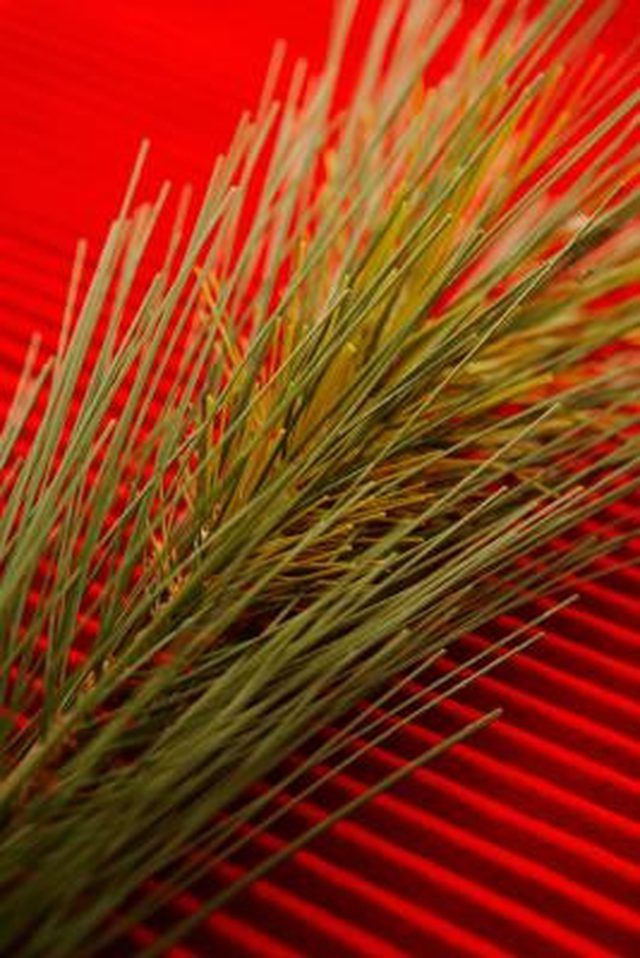Bulbs
Flower Basics
Flower Beds & Specialty Gardens
Flower Garden
Garden Furniture
Garden Gnomes
Garden Seeds
Garden Sheds
Garden Statues
Garden Tools & Supplies
Gardening Basics
Green & Organic
Groundcovers & Vines
Growing Annuals
Growing Basil
Growing Beans
Growing Berries
Growing Blueberries
Growing Cactus
Growing Corn
Growing Cotton
Growing Edibles
Growing Flowers
Growing Garlic
Growing Grapes
Growing Grass
Growing Herbs
Growing Jasmine
Growing Mint
Growing Mushrooms
Orchids
Growing Peanuts
Growing Perennials
Growing Plants
Growing Rosemary
Growing Roses
Growing Strawberries
Growing Sunflowers
Growing Thyme
Growing Tomatoes
Growing Tulips
Growing Vegetables
Herb Basics
Herb Garden
Indoor Growing
Landscaping Basics
Landscaping Patios
Landscaping Plants
Landscaping Shrubs
Landscaping Trees
Landscaping Walks & Pathways
Lawn Basics
Lawn Maintenance
Lawn Mowers
Lawn Ornaments
Lawn Planting
Lawn Tools
Outdoor Growing
Overall Landscape Planning
Pests, Weeds & Problems
Plant Basics
Rock Garden
Rose Garden
Shrubs
Soil
Specialty Gardens
Trees
Vegetable Garden
Yard Maintenance
Why Are My Evergreen Trees Turning Brown?
Why Are My Evergreen Trees Turning Brown?. Evergreen trees are widely used for continual color and interest in landscapes. Though the majority of evergreens thrive in areas of full sun, some adapt to areas of partial shade. Evergreen trees often start to turn brown due to a number of pathogenic infections or cultural mismanagement.

Evergreen trees are widely used for continual color and interest in landscapes. Though the majority of evergreens thrive in areas of full sun, some adapt to areas of partial shade. Evergreen trees often start to turn brown due to a number of pathogenic infections or cultural mismanagement.
Identification
Browning of evergreen is referred to as needle blight. The disorder is more frequently seen on pine and spruce trees. Arborvitae, yew, and juniper trees are also affected. (Reference 2)
Cause
Needle blight is seen on insufficiently irrigated evergreens that are suffering from drought and winter damage. Pathogenic causes for needle blight include infection from root rot fungi. Fungal disorders are commonly seen in trees growing at higher elevations.
Damage
Affected trees start to display large numbers of needles turning red, yellow or purple. Discoloration starts from tree top and needles eventually turn brown. In severe cases, the whole tree takes on a brown look. Suffering trees are likely to die completely within a couple of seasons if corrective measures are not taken in time.
Control
Keep trees well watered especially during warm weather. Keep the soil under evergreens moist to a depth of at least 4 feet through out the year. Avoid over-watering, as this leads to root rot. Try not to damage roots and apply balanced fertilizer in spring.